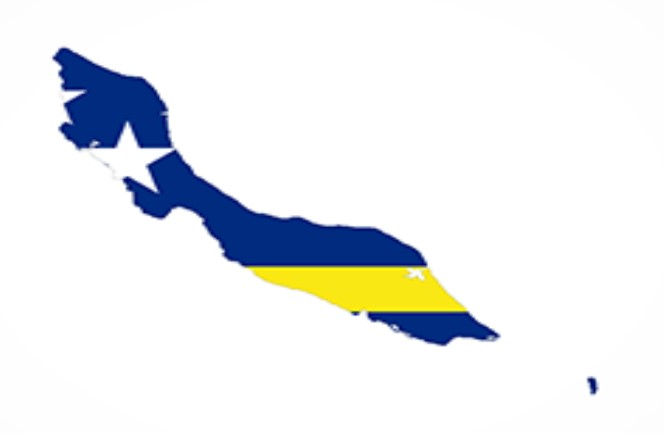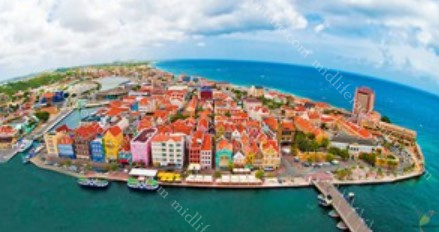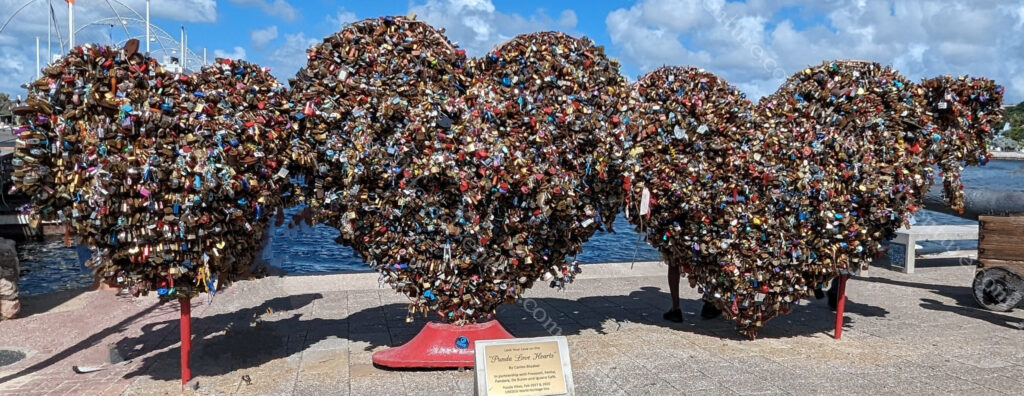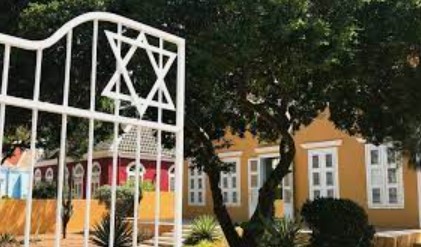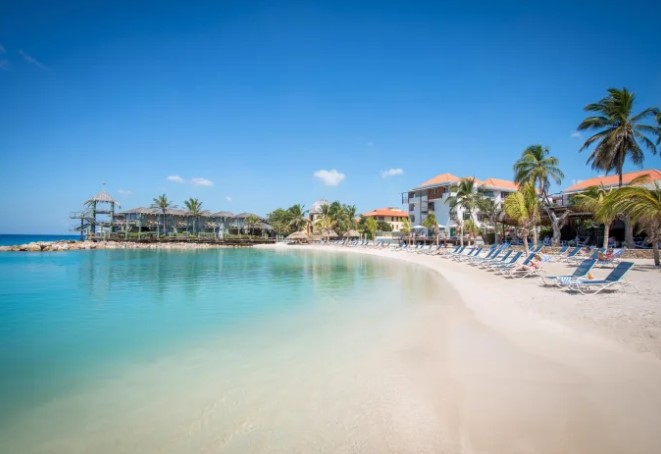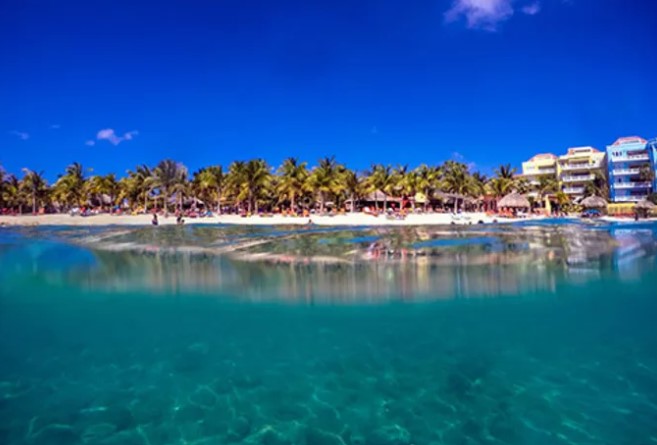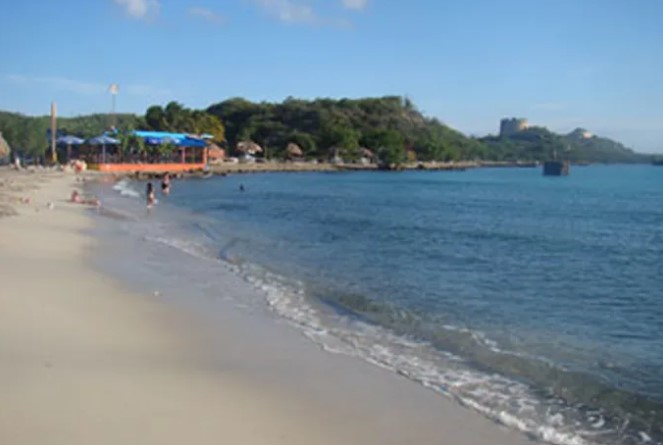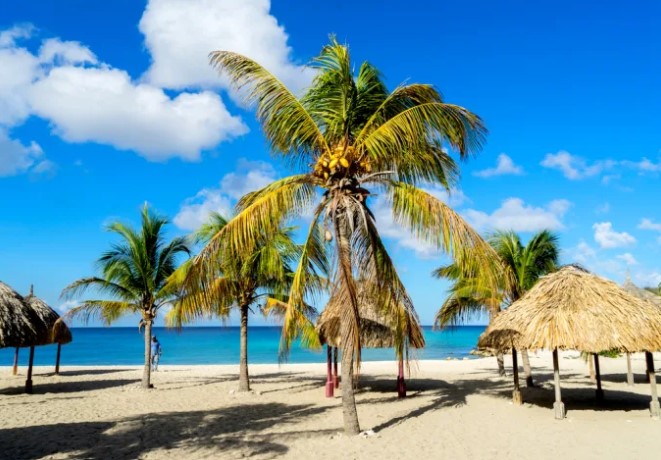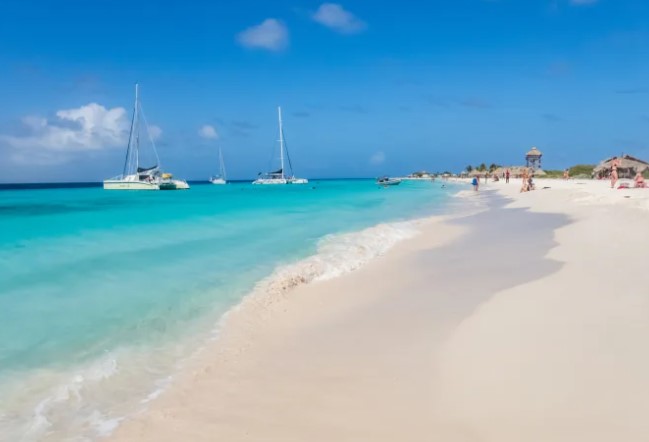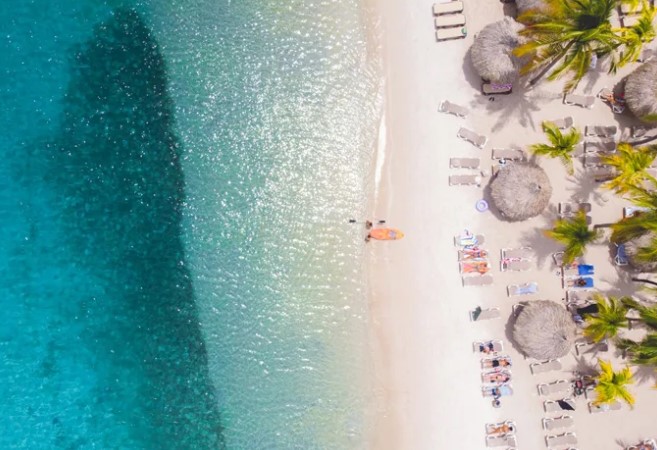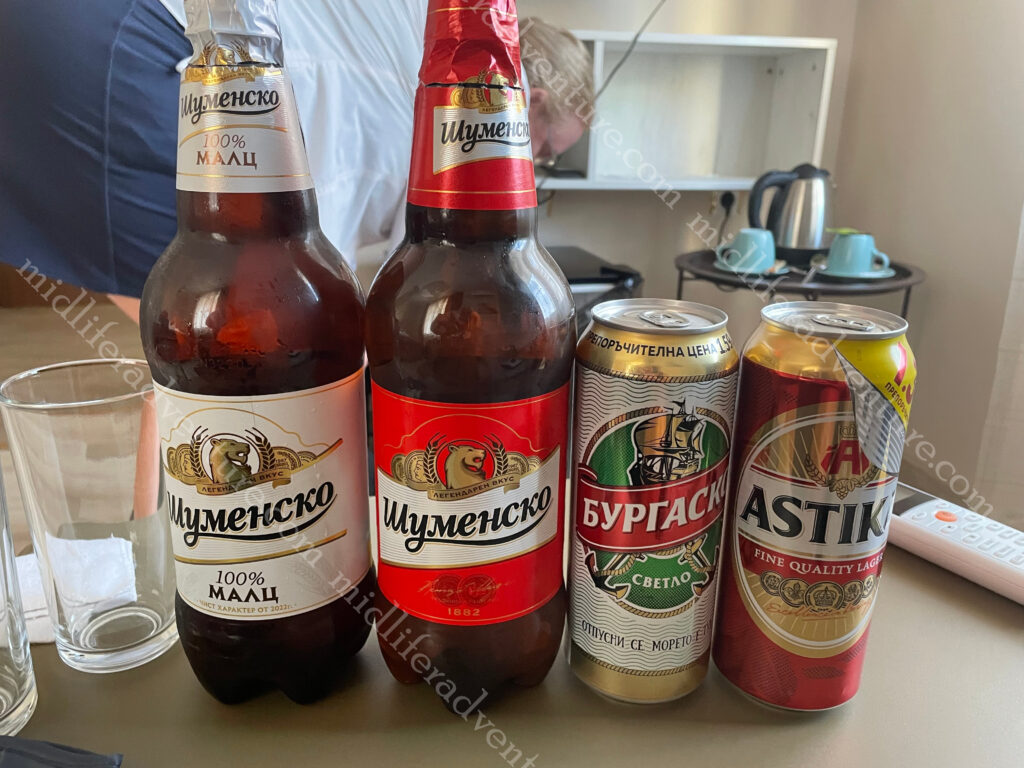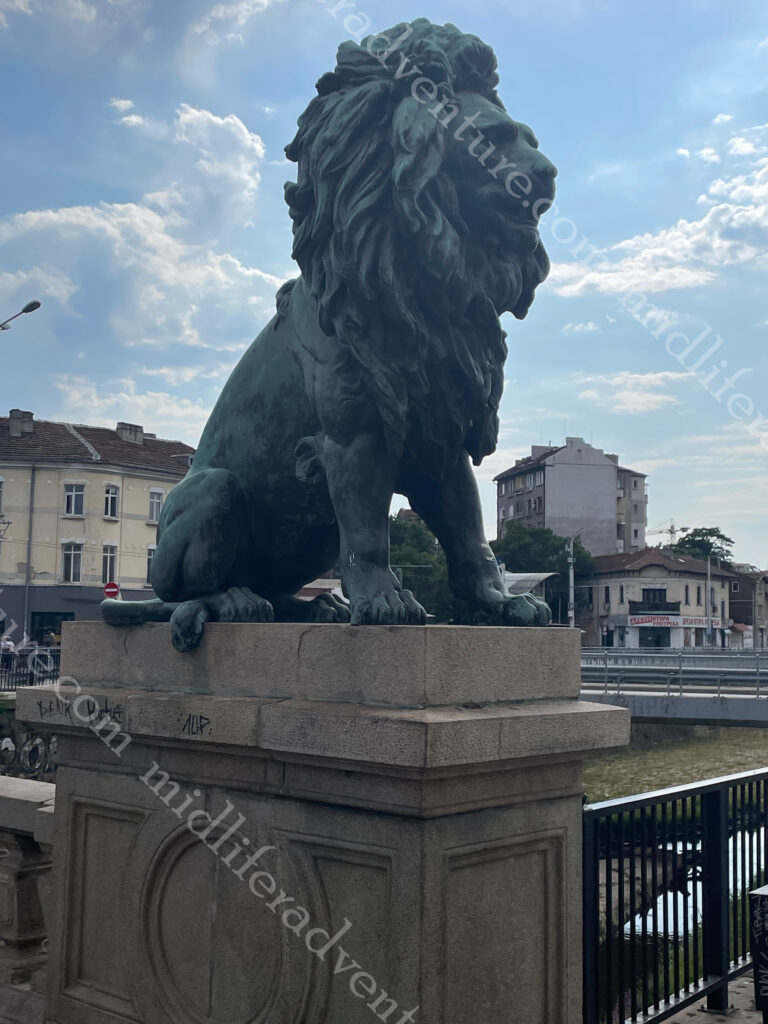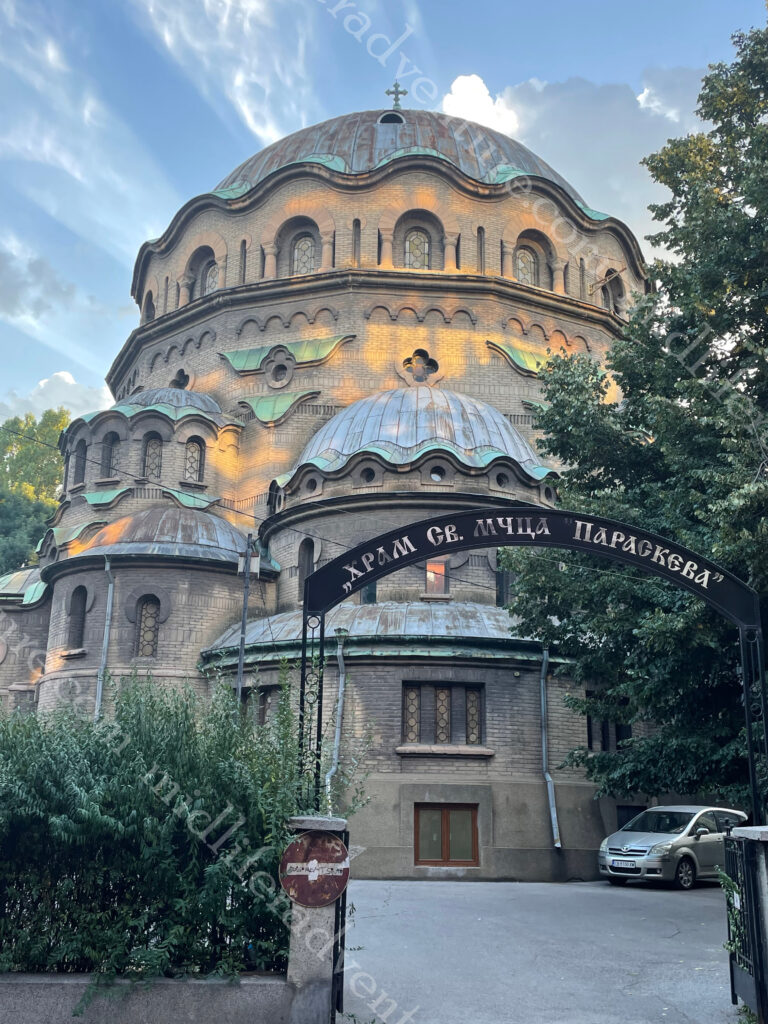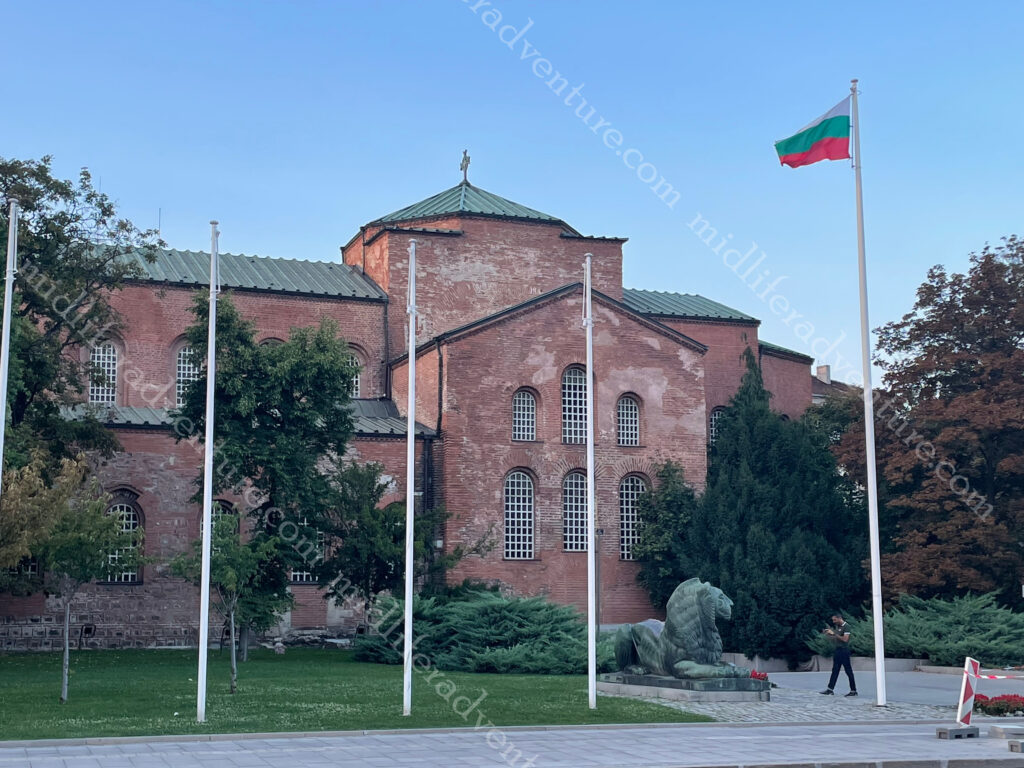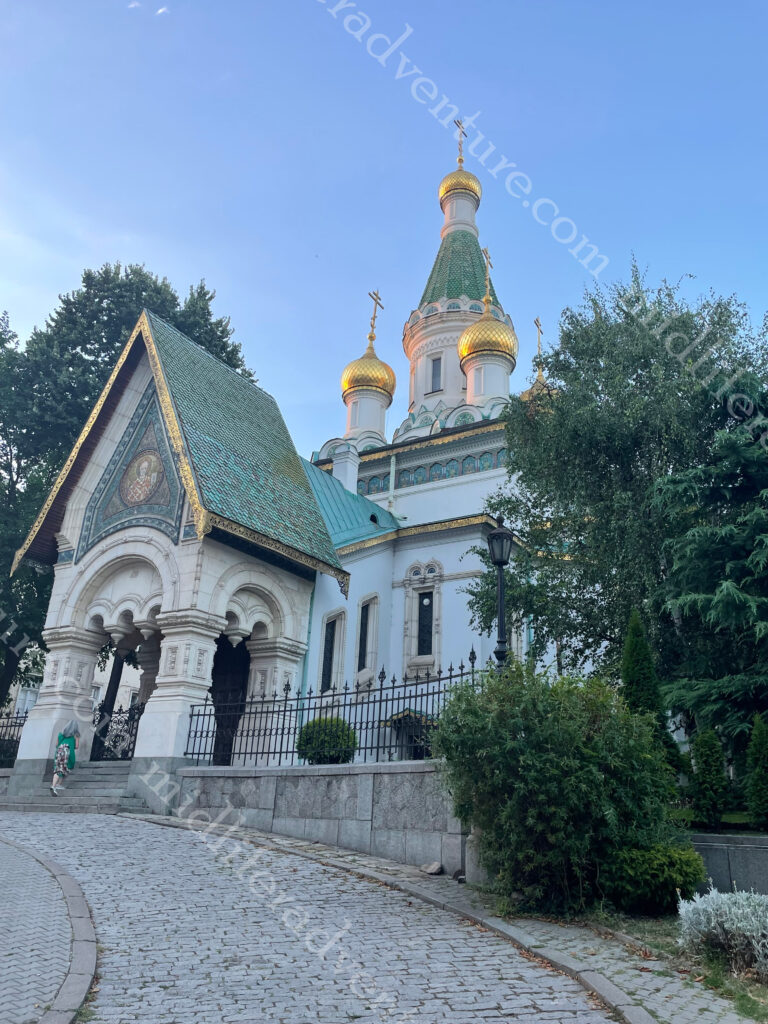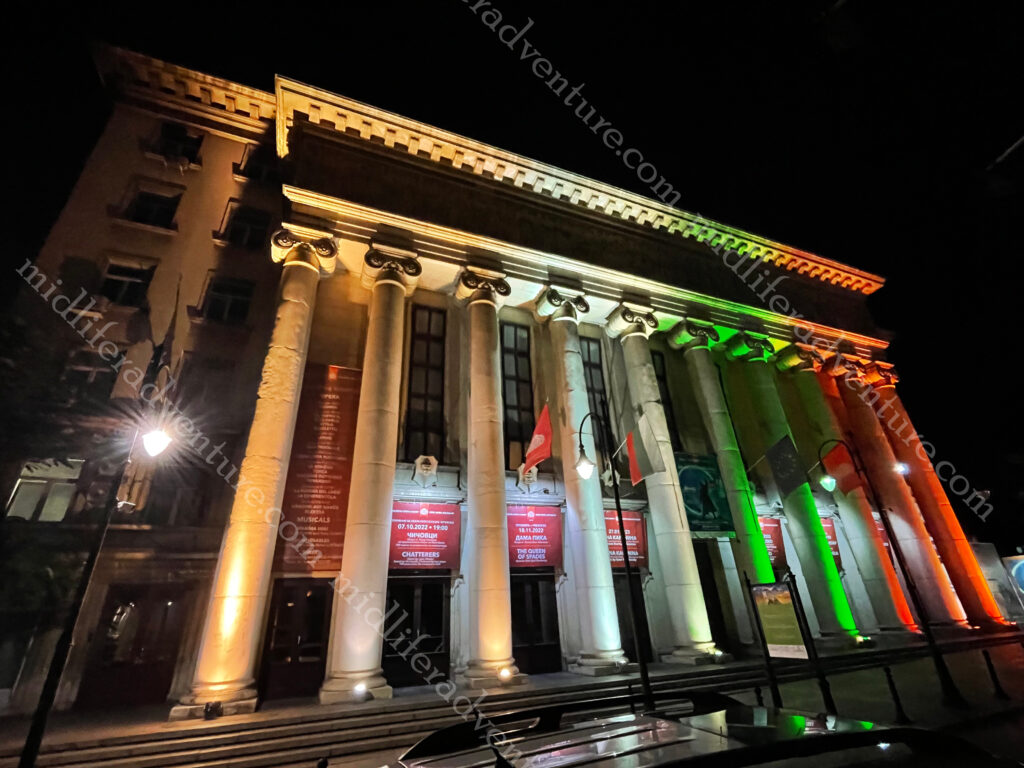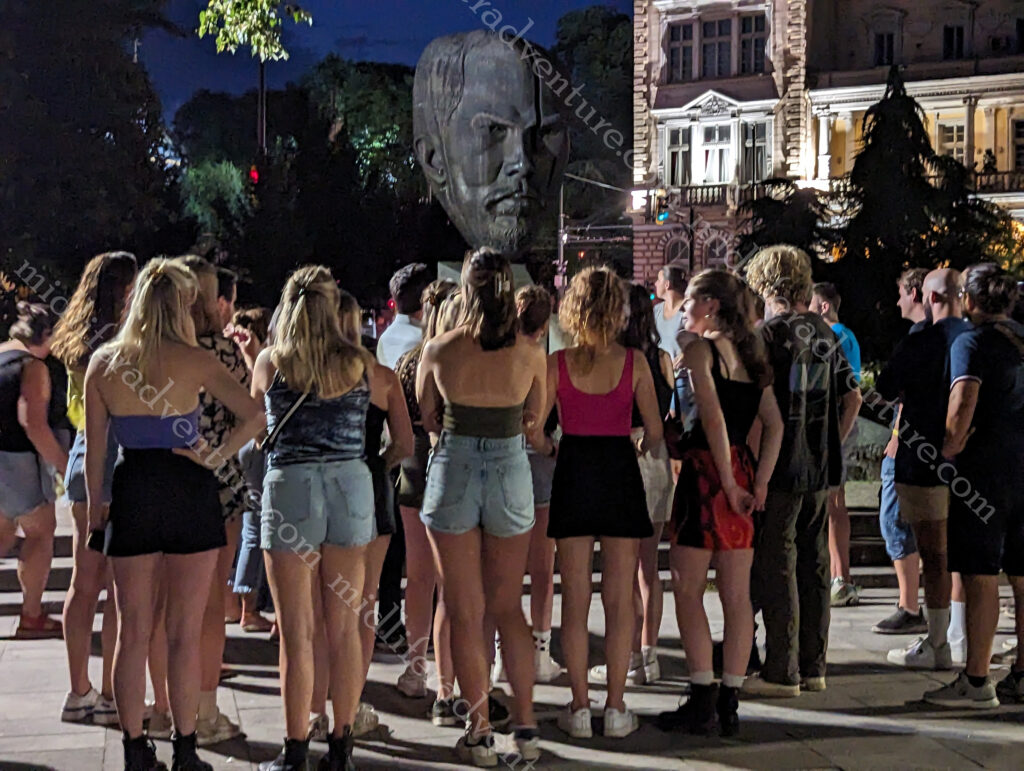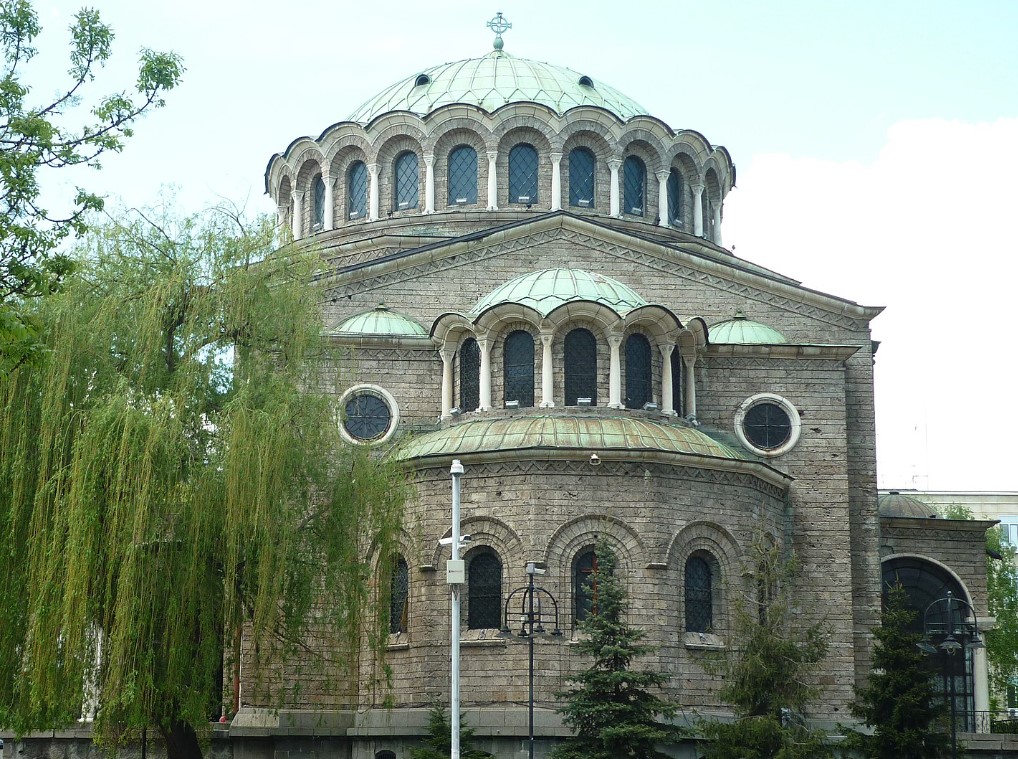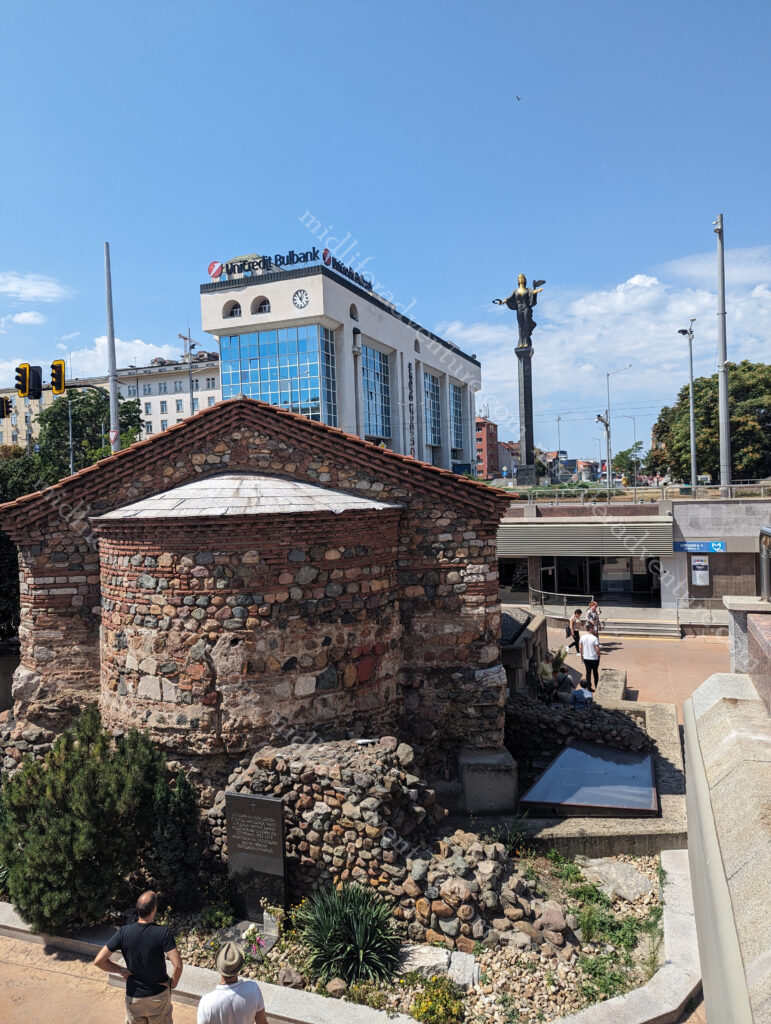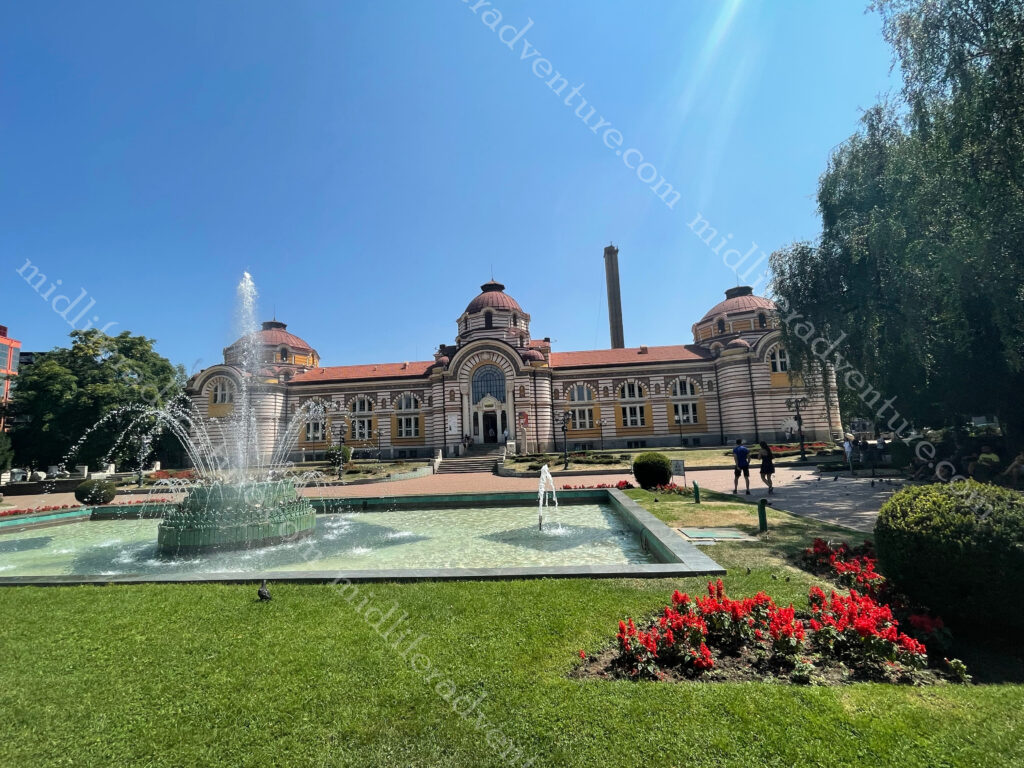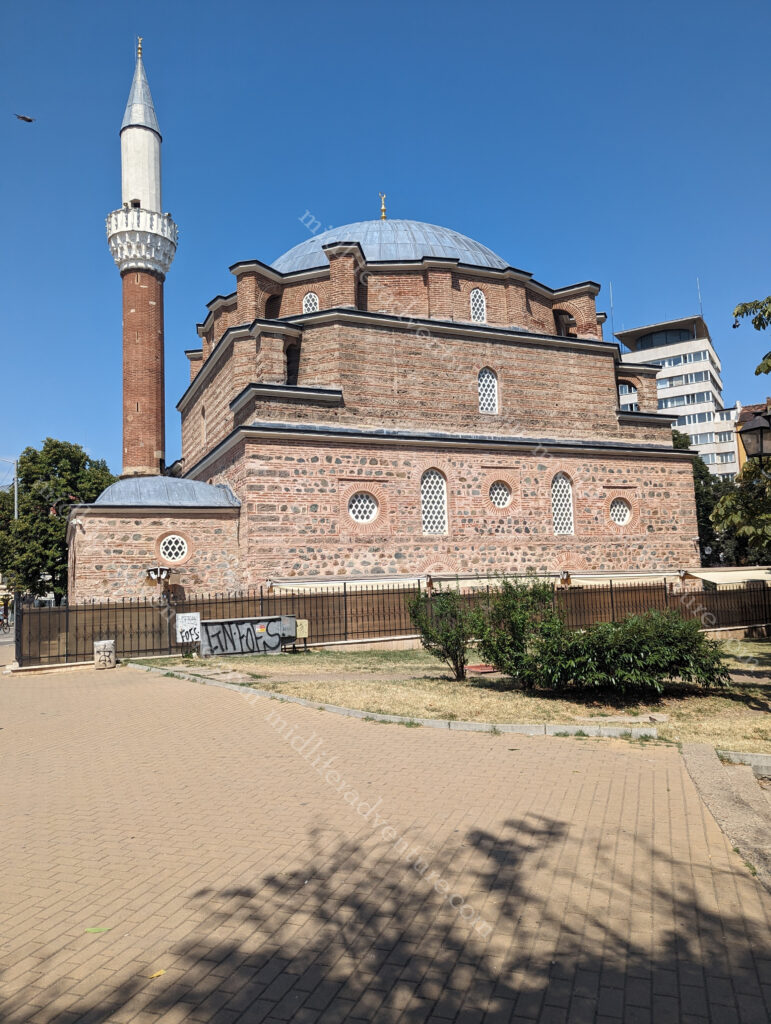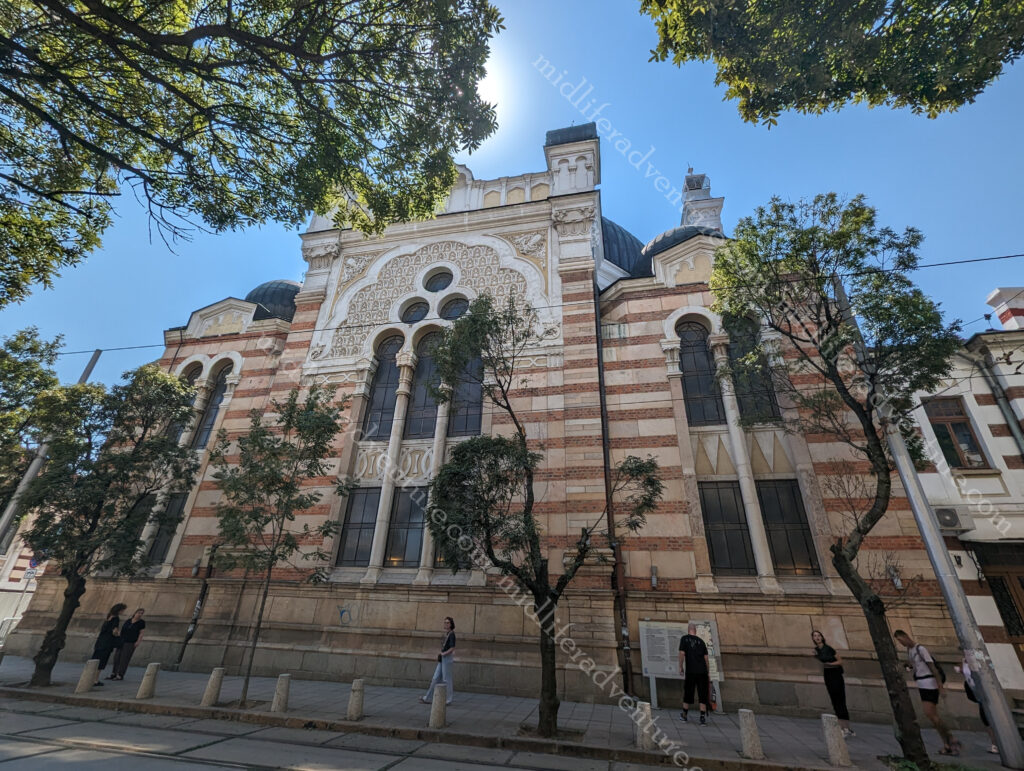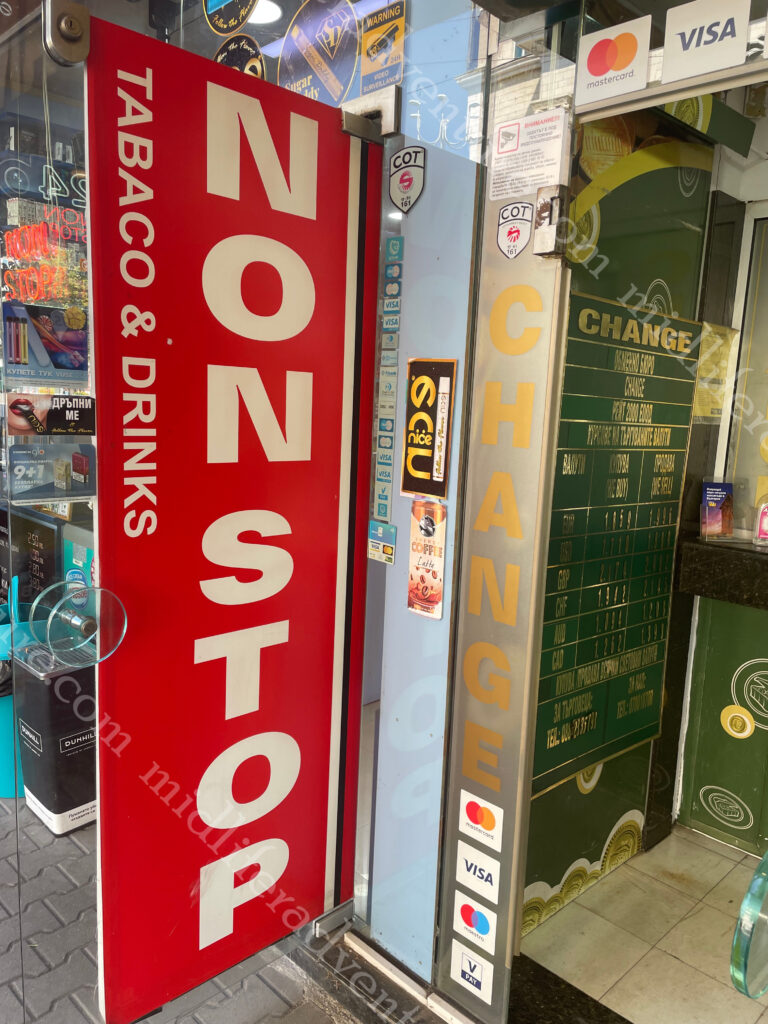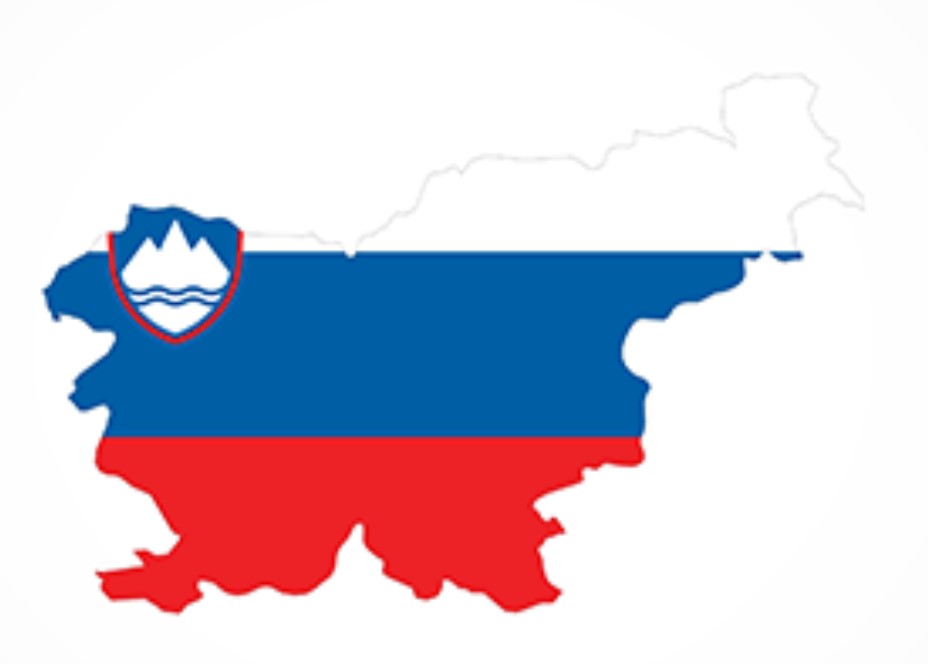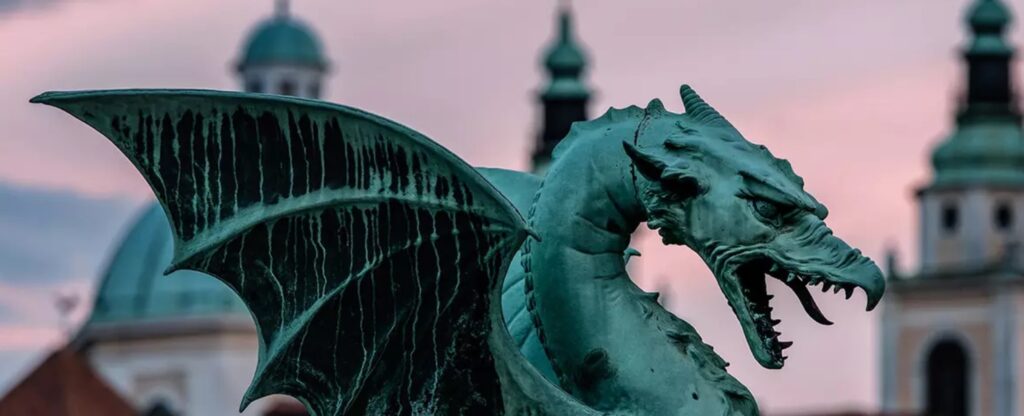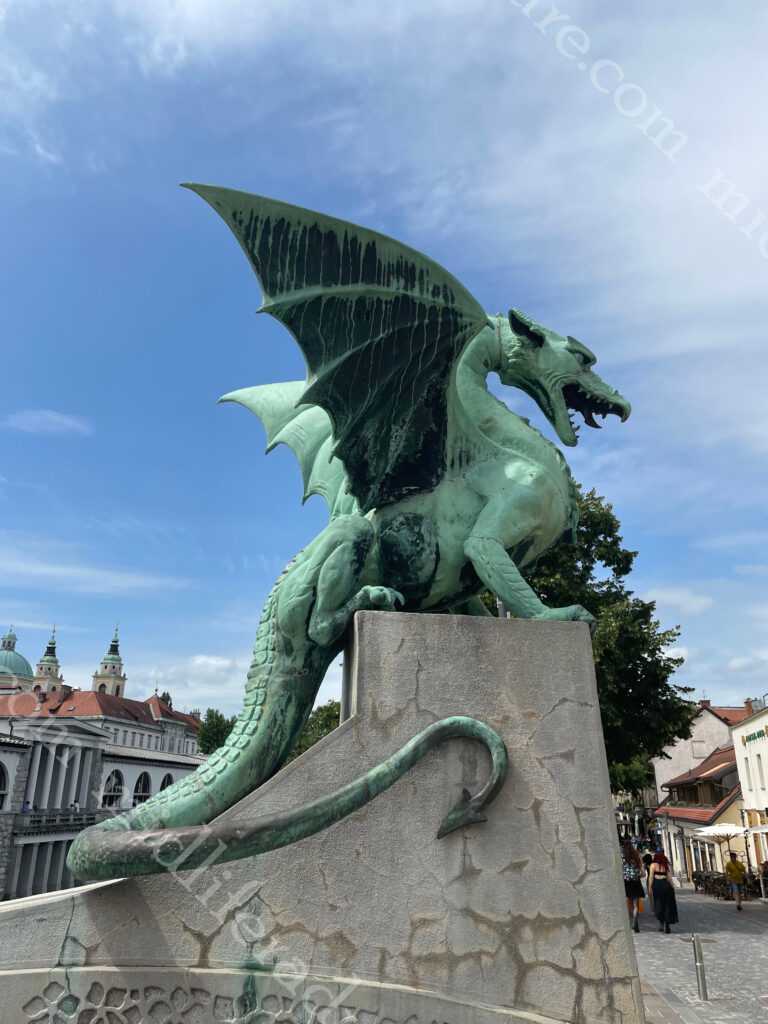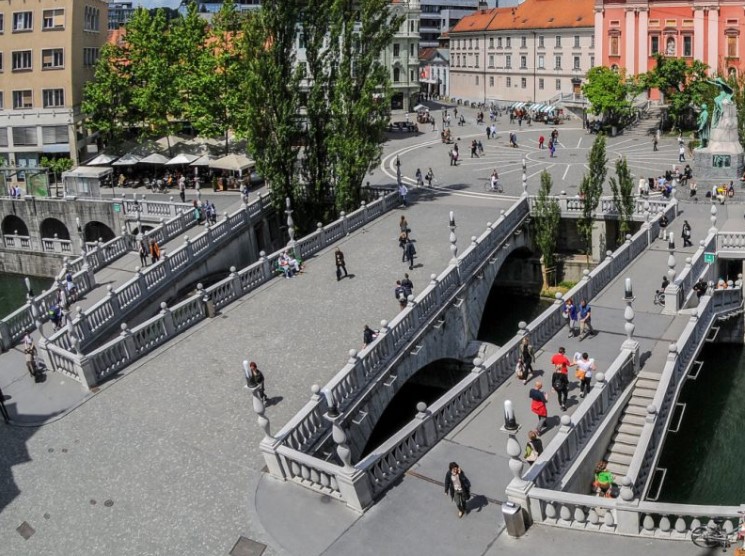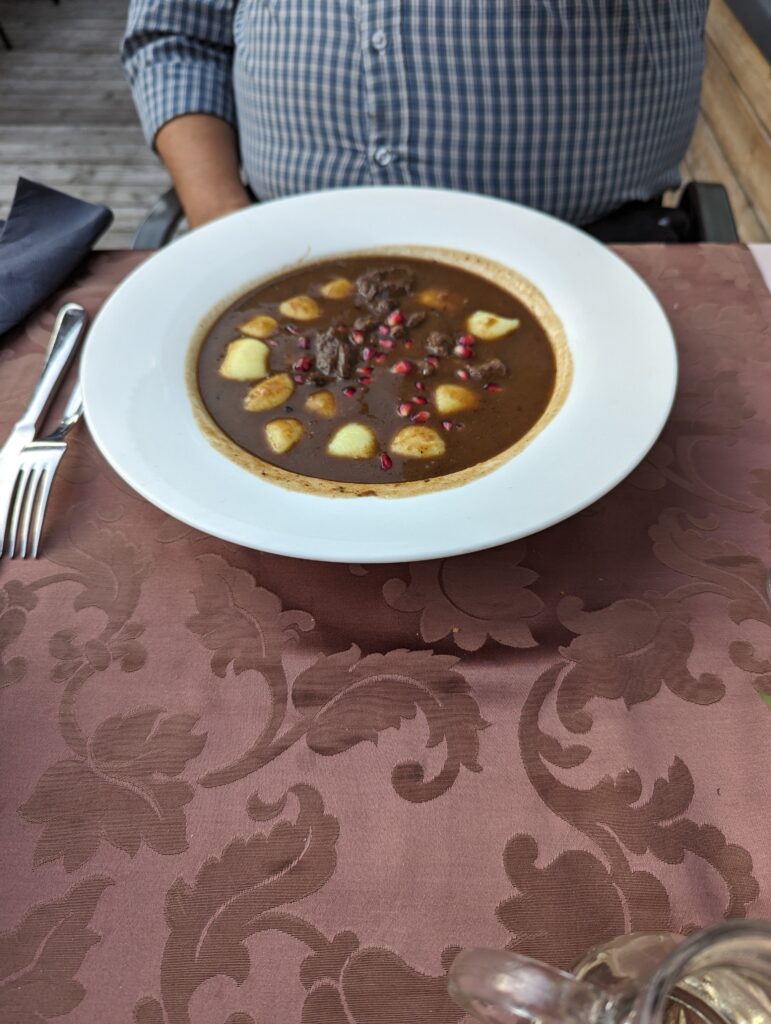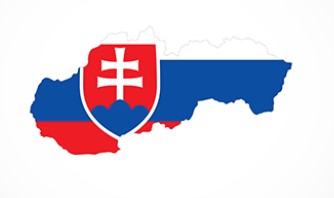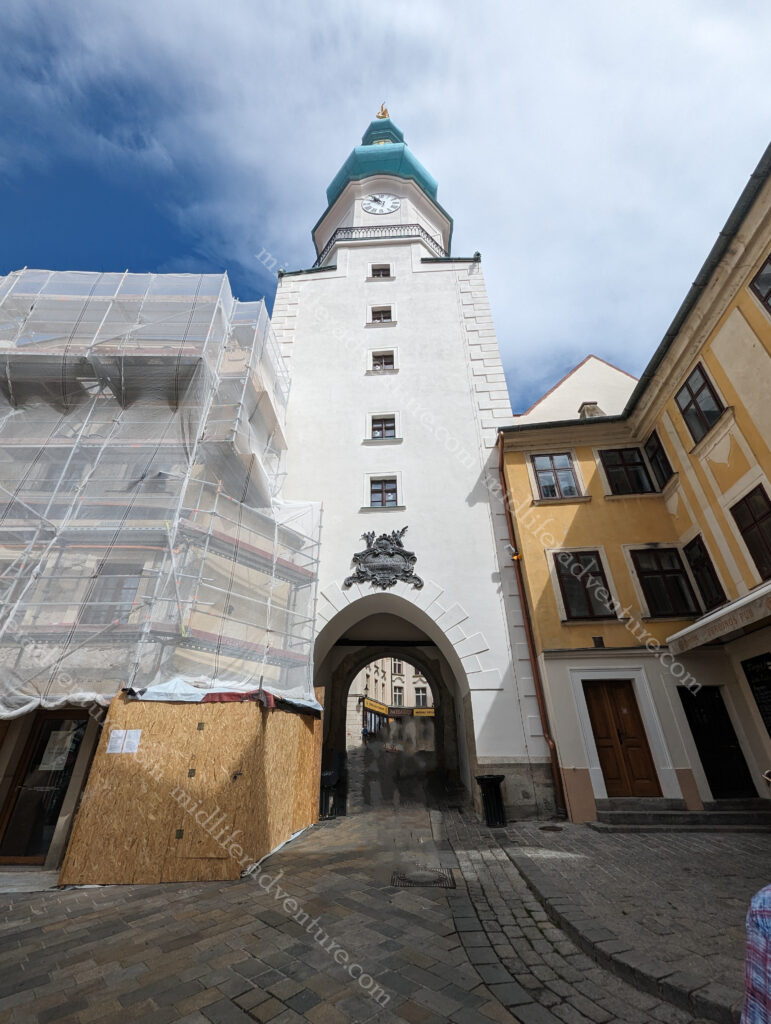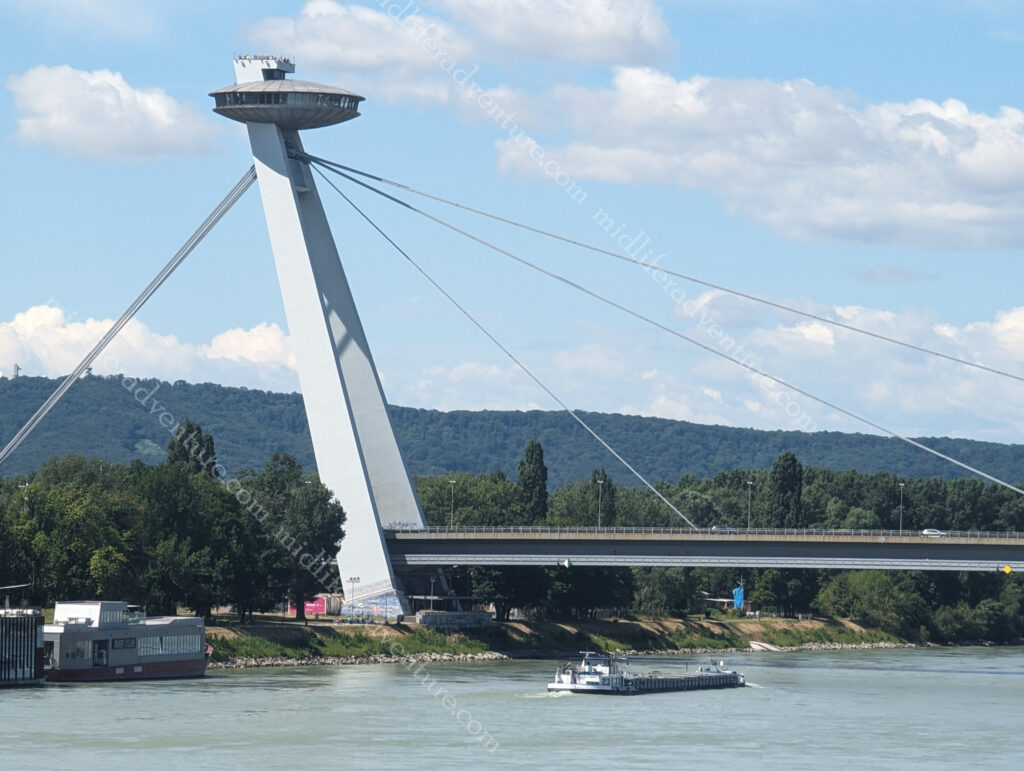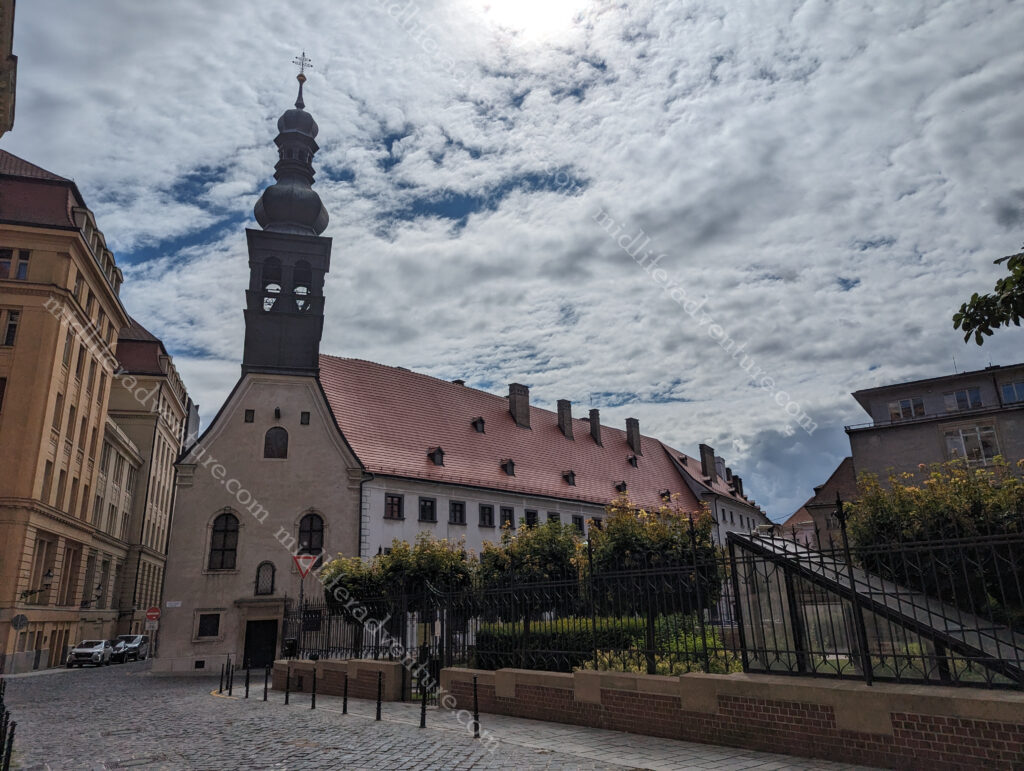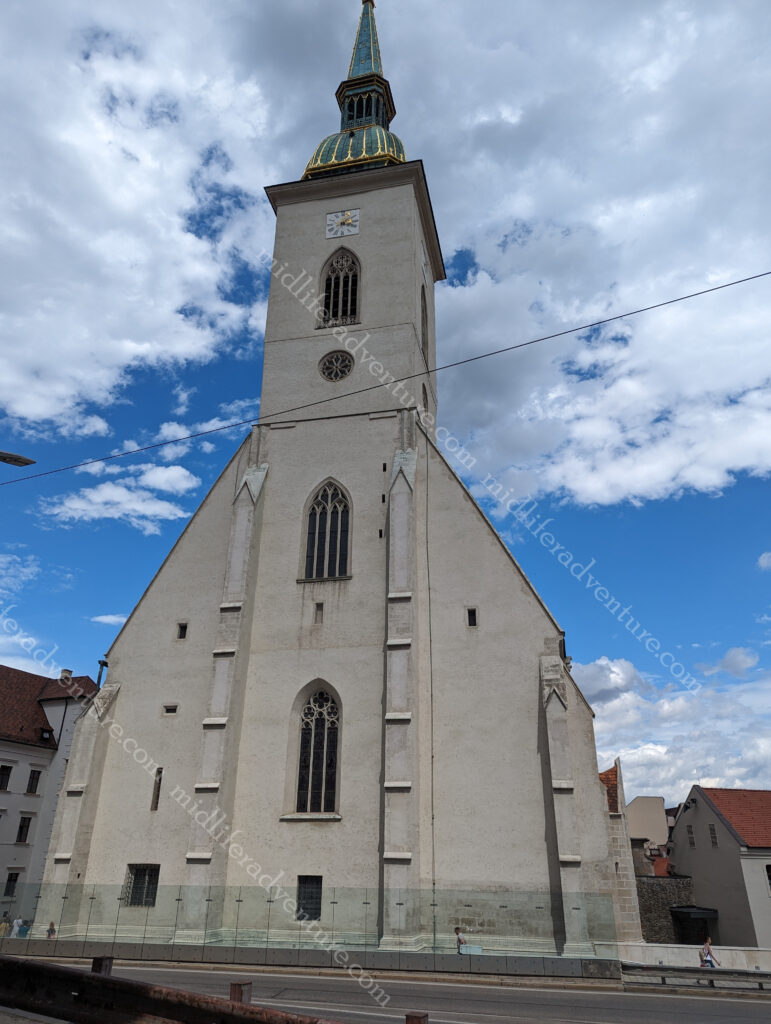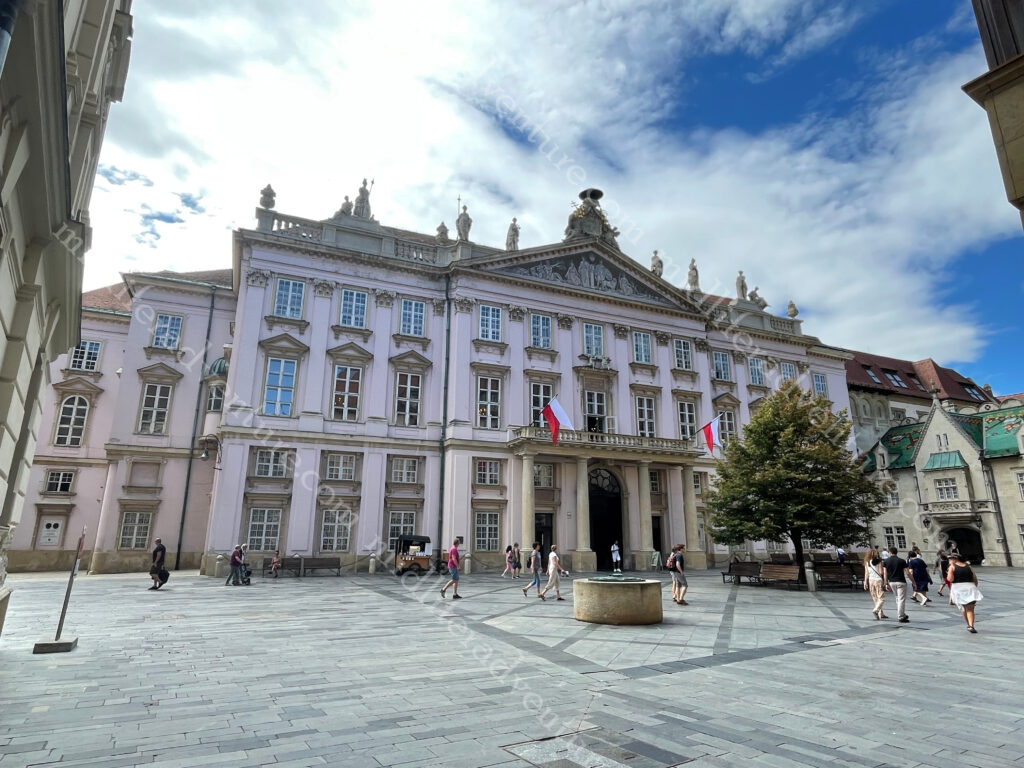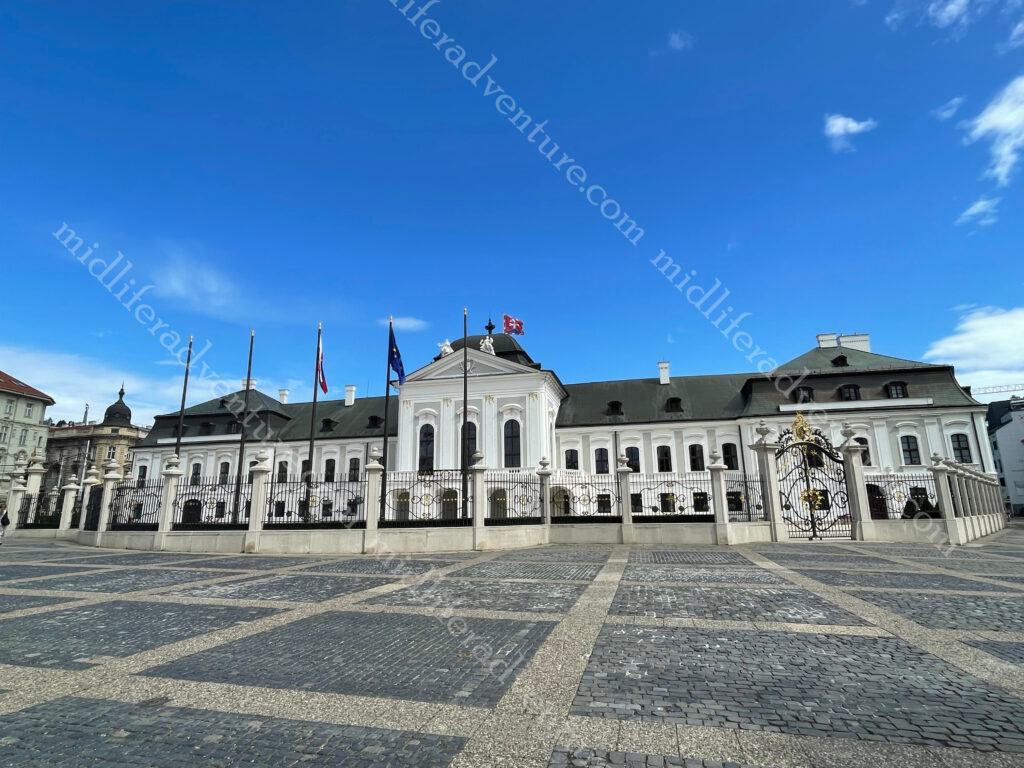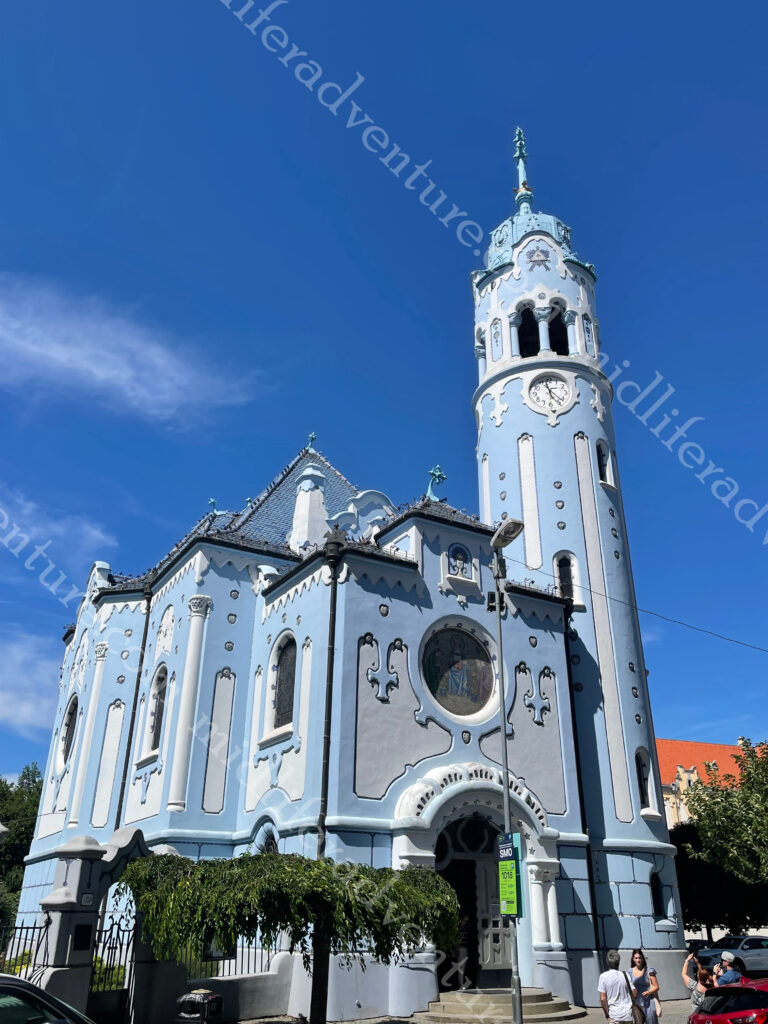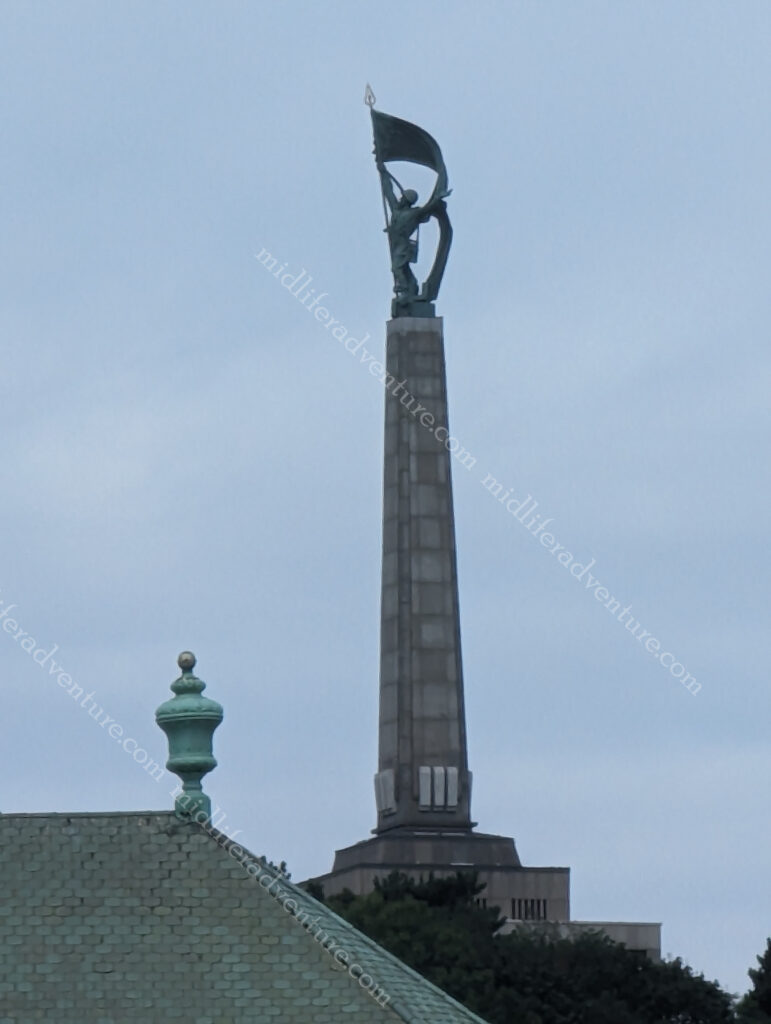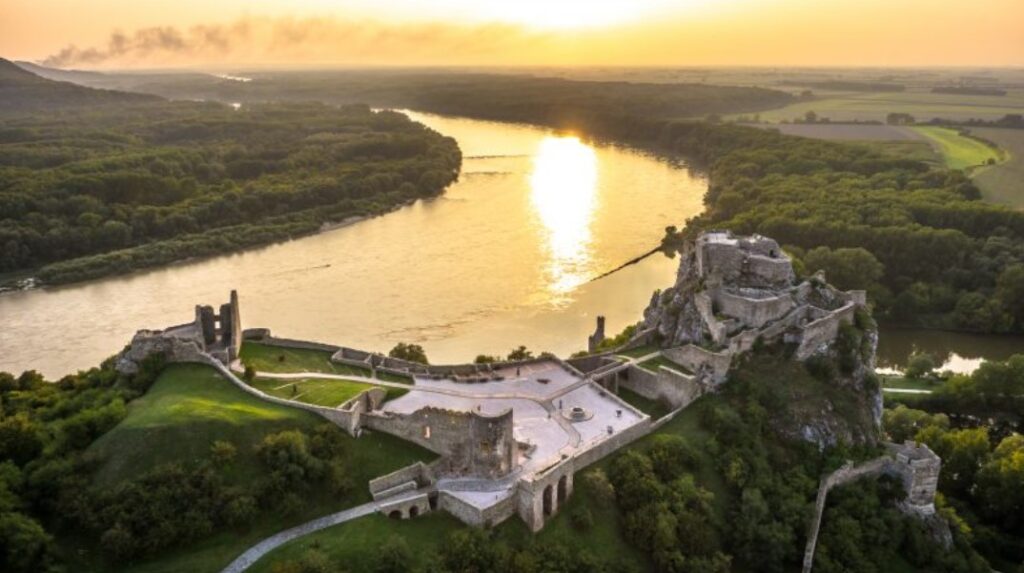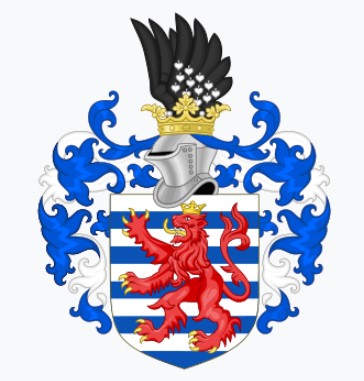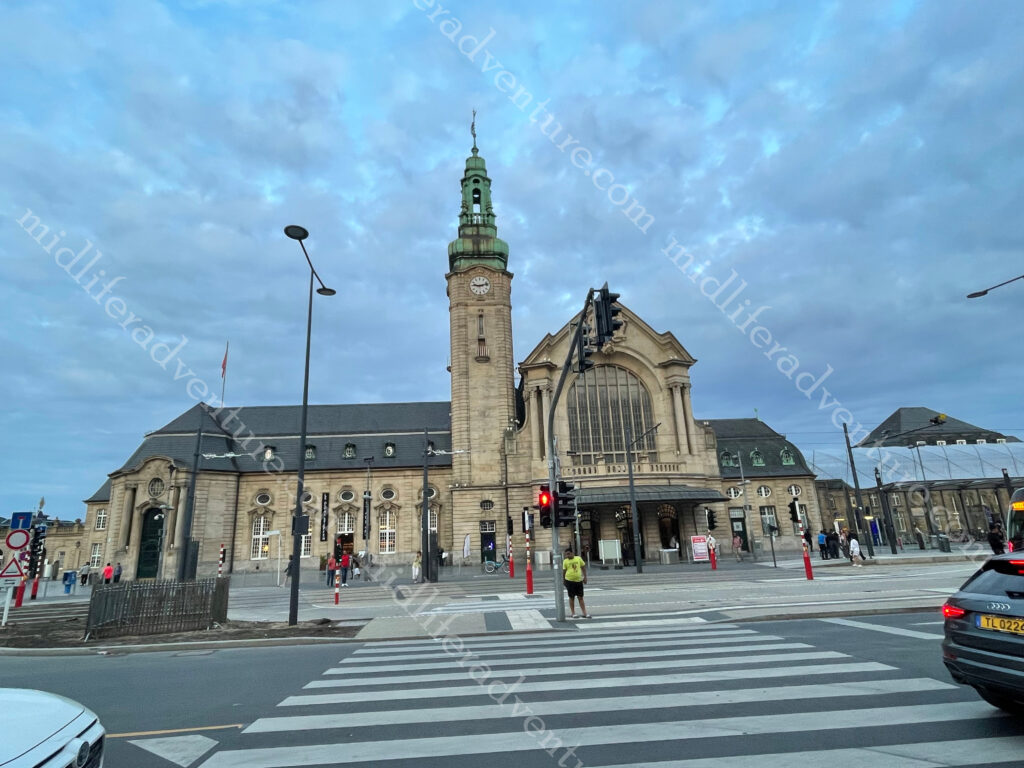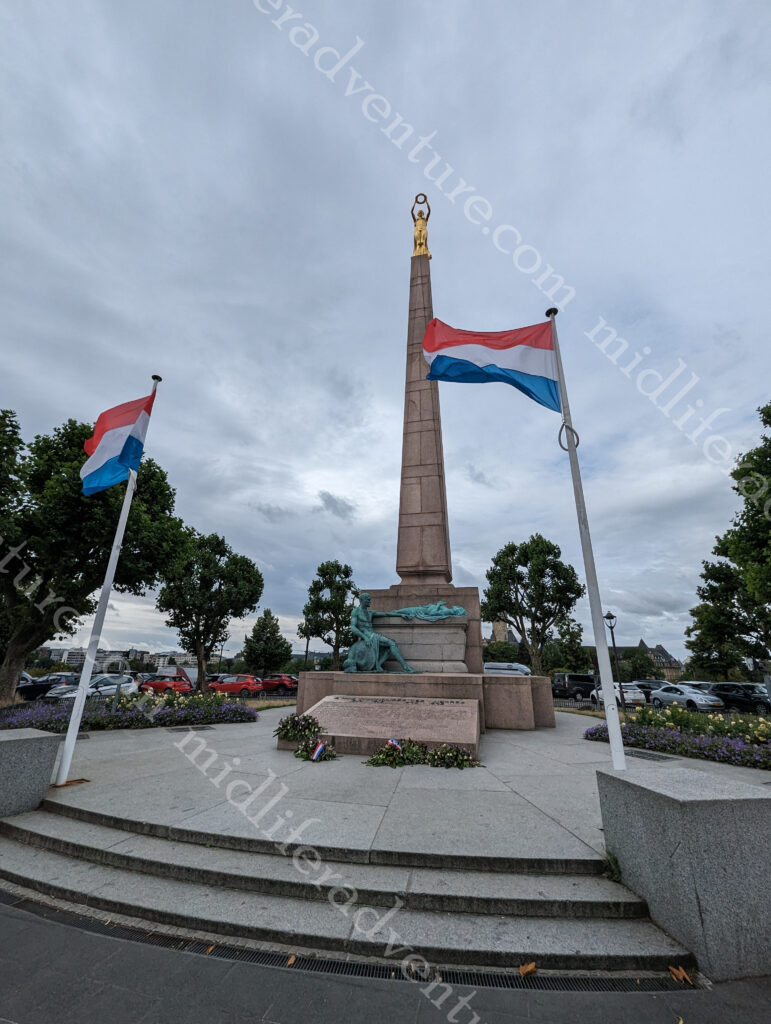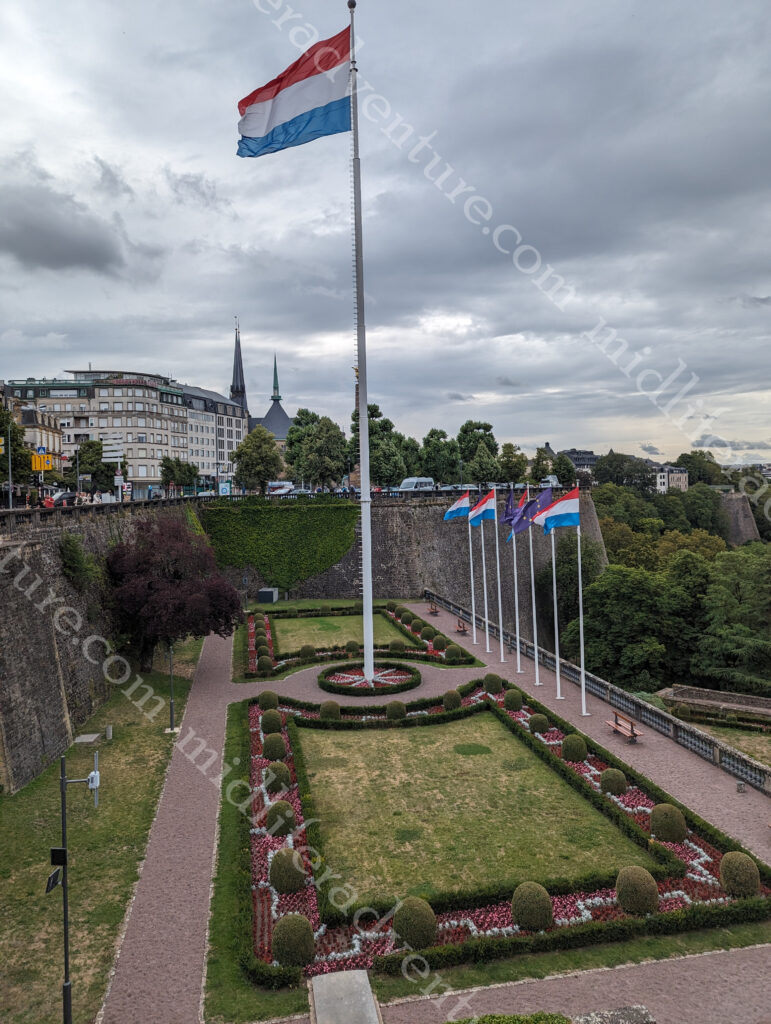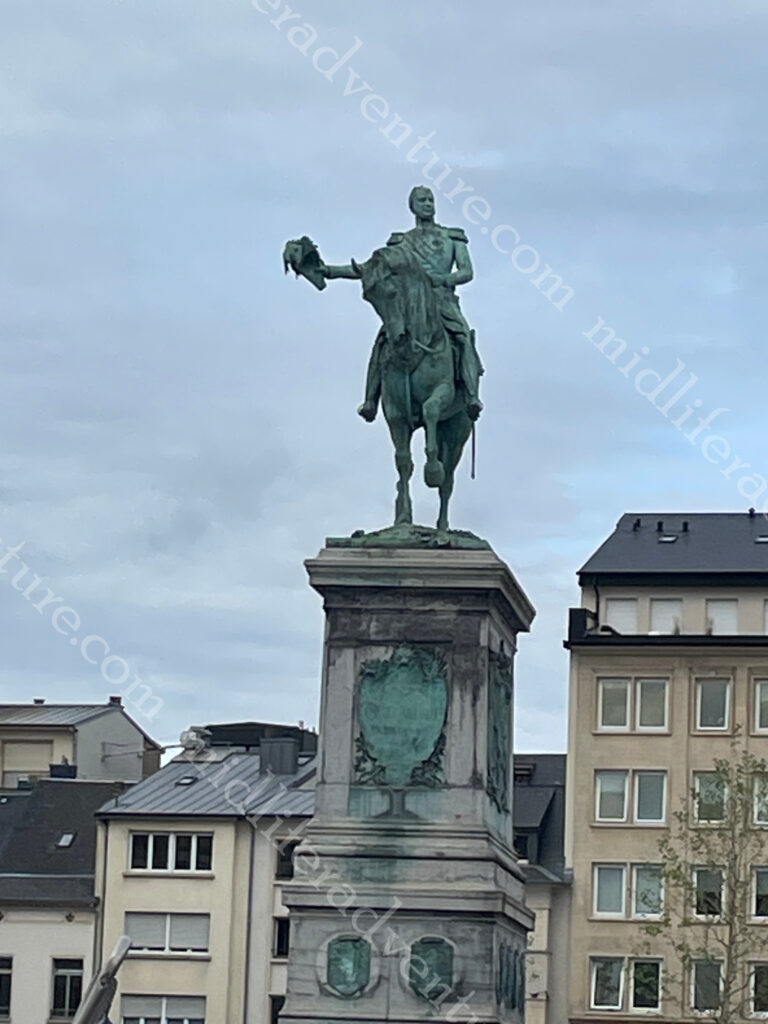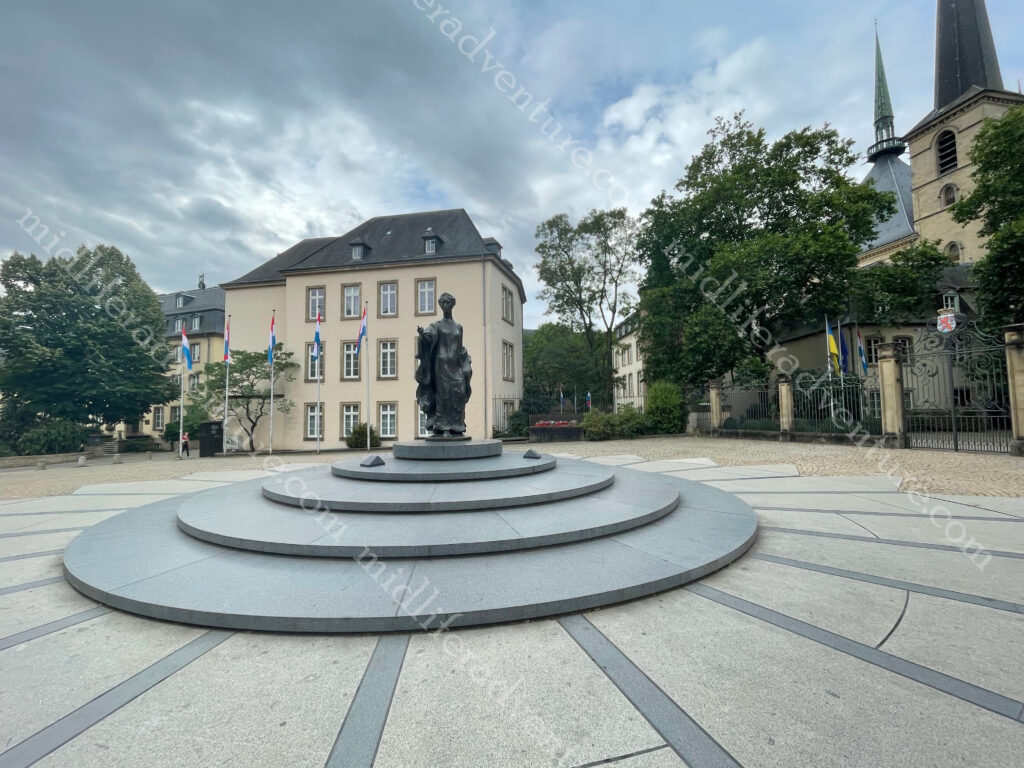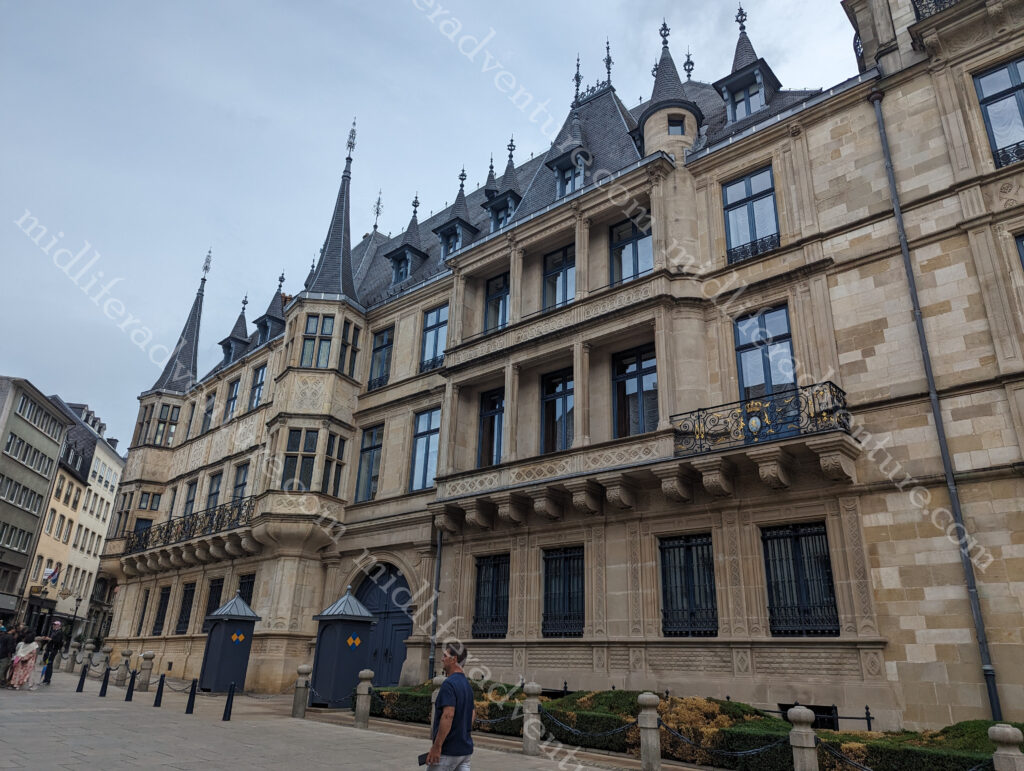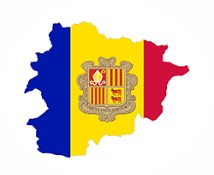
Andorra is a tiny nation set high in the Pyrenees mountains on the border of Spain and France.
Andorra is the world’s 16th-smallest country by land and 11th-smallest by population.
Most importantly, coming to Andorra ticked up Country #94 for me and Country and Territory # 131. Jill still sits two behind me on the tally.
The whole place is under 500 sq/km and there are less than 80,000 Andorrans, but it sits at an average elevation of about 2km, a little under Australia’s highest point (Mount Kosciuszko).


Interestingly, 10% of the country has been declared World Heritage Sites by UNESCO. But the real claim to fame of Andorra is that it is a tax haven. There is no sales tax, no inheritance, estate or transfer tax and no tax is paid on Andorran investment income. There is a 10% tax on income (both private and corporate) and a 4.5% VAT. But that is it.
It has signed onto various money laundering, transparency and international cooperation treaties etc taking away the official haven status. But it has remained a shopper’s paradise. The shops are open 361 days a year, they open earlier and close later than almost everywhere else in Europe, and the tax rate is much lower.
Alcohol, tobacco, electronics, perfumes, cosmetics, and designer clothes are often significantly cheaper than elsewhere.

What this means in real terms is that the place is one giant shopping mall (in fact over a thousand of them). The borders are lined with massive duty-free stores by the dozen (imagine row after row of Bunnings or Costco stores) all hunting the tourist trade.
Andorra la Vella
Andorra la Vella is the capital city and sits on the Valira River near the confluence of the Valira del Norte and Valira de Oriente rivers. The country is a marvel of engineering as it is virtually all perched on either side of a mountain with a fast-running river splitting the place in two. The roads and highways hug the river bends, cross regular bridges and bore through long tunnels under the mountains.
Our accommodation was in the heart of town in the shopping mile on Meritxell Avenue. But having had a monster transit (Brisbane to Doha 14hrs, two hour layover, Doha to Barcelona 7hrs, two hour layover, 5 hr bus ride to Andorra) we arrived and crashed.
But we awoke to one of the most amazing breakfasts that we had ever encountered. It started with the view as we looked out on the mountains with the villages precariously perched on the sides. Then the buffet came, it was magnificent, the usual continental fare, cereals, some hot mixes, great coffee and the crowning glory was the fresh honeycomb delivering your honey.





Having had our fill we headed towards old town (neither of us really being big shoppers). The first thing we came across was the 16th- century fortified house known as Casa de la Vall (house of the valley) that currently serves as the Consell General (Andorran parliament) and has done so since 1702.






The next thing to pop up was the Church of San Esteban (Saint Stephen), a church that preserves the atrium and circular bell tower from the 11th century. Originally Romanesque, it has been modified and expanded several times.





To say that the old town is small is an understatement, but that which was there, was nice. As the town was set high in the valley, there was a walkway that ran along the top overlooking the whole place. We stupidly decided to do the walk. For those of you reading along from Brisbane, you will know that Jill had a debilitating cough and mine was better than hers but not great.
With that in mind, we climbed the side of the mountain, going up numerous stairs to reach this walkway. The views once up there were great, but we nearly killed ourselves getting up there. Jill’s pneumonia had her wheezing terribly and my general distaste for stairs was enough to leave me unimpressed.
Having negotiated the steep descent we were back in the heart of the shopping district, with no interest in shopping. So we took some happy snaps (not of shopping malls) and wandered the streets and decided that Jill being able to breathe was important, so retired to our room to recover.








On our way out (after yet another magnificent breakfast) we ended up down by the river where we could take in the Margineda Bridge. A Romanesque bridge that crosses the Valira River in the old village. This is the largest medieval bridge preserved in Andorra.



Andorra was lovely, even though it was basically just one big duty-free shop. The scenery was nice, the engineering was impressive and if it wasn’t for the need to hike up and down the side of a mountain everywhere you go I may have liked it a bit more.
